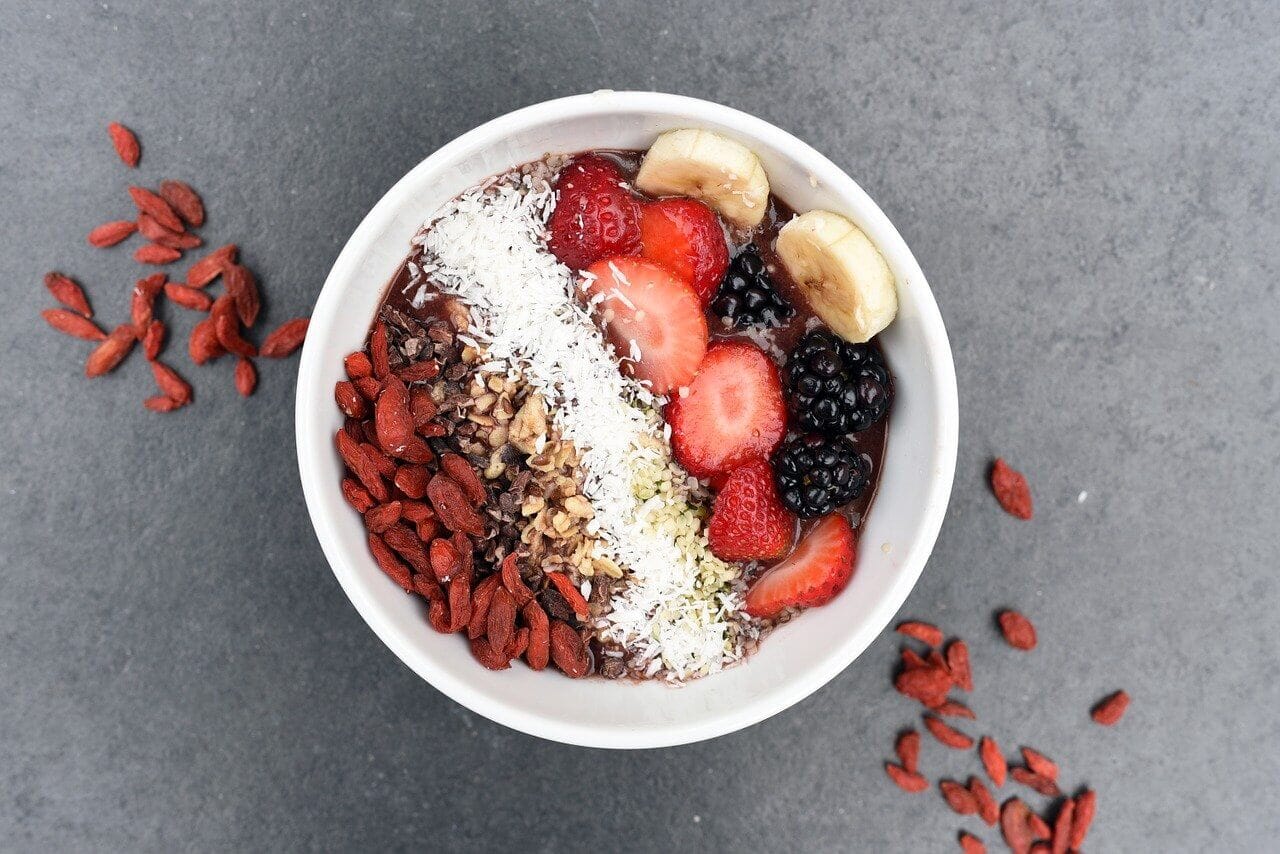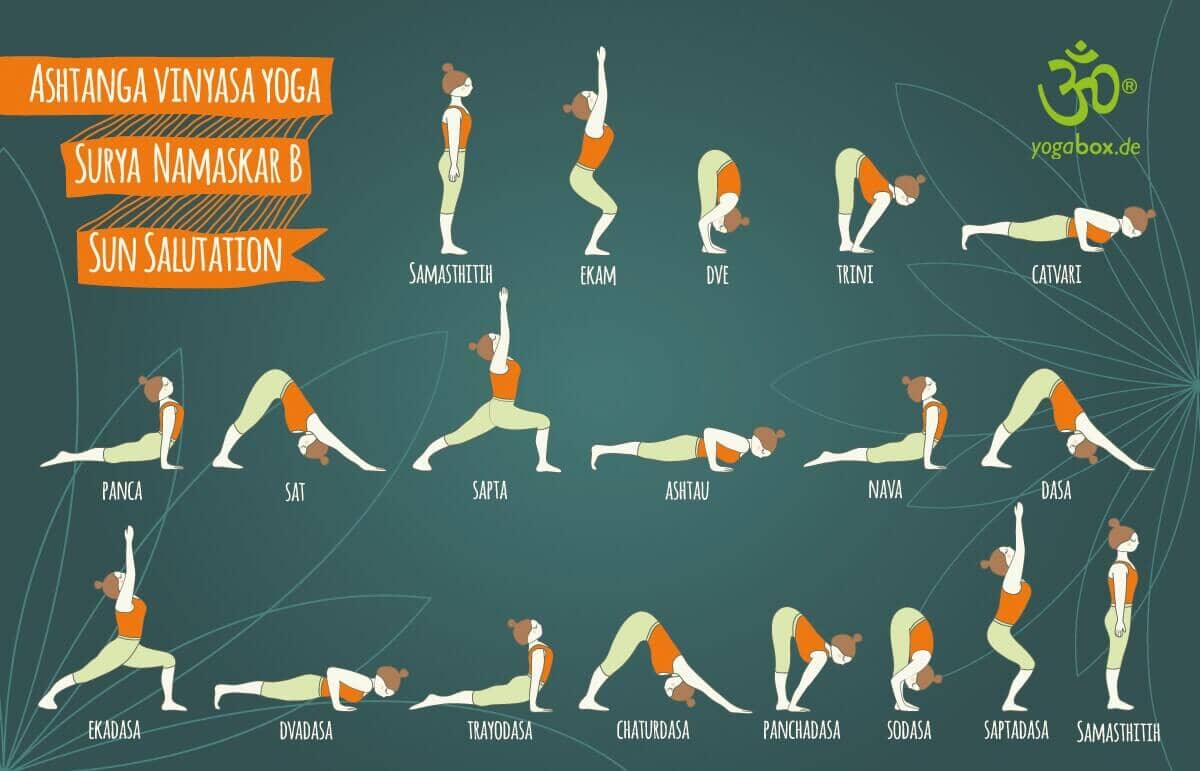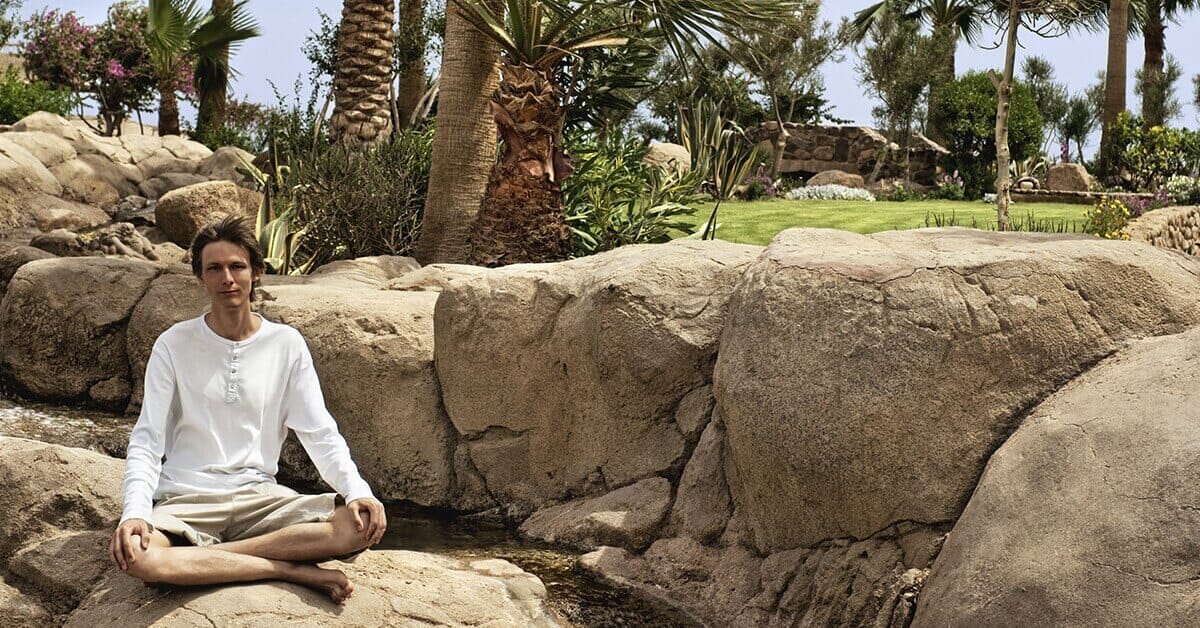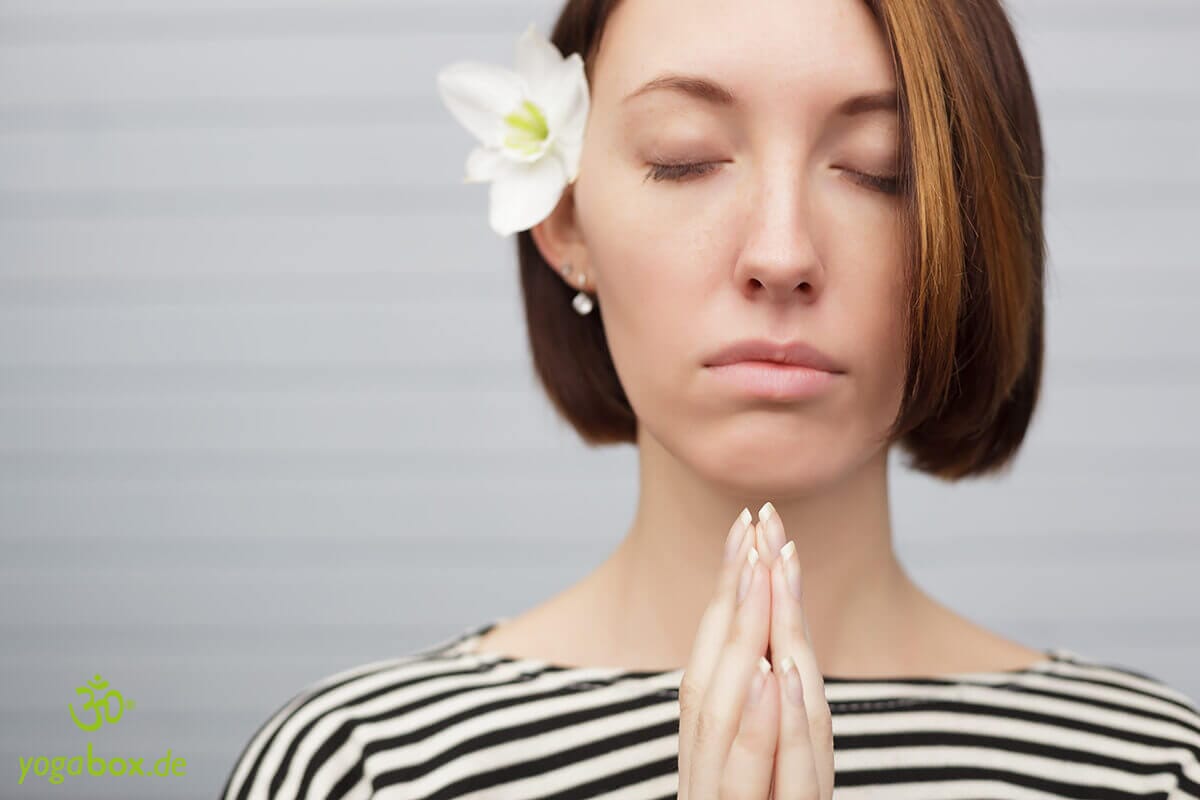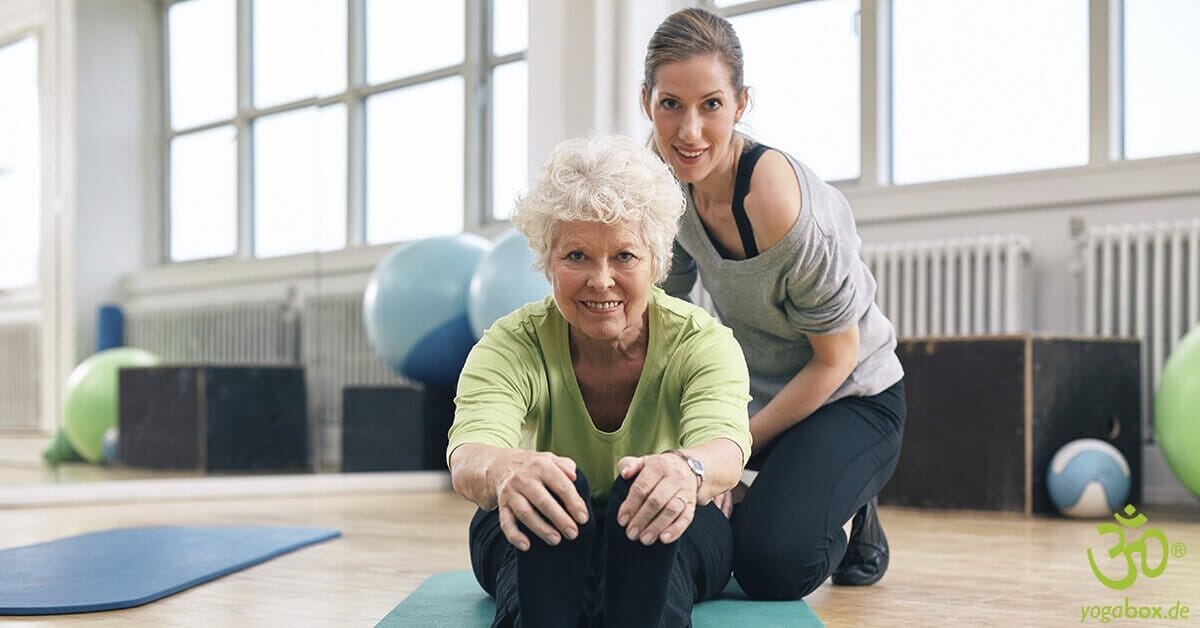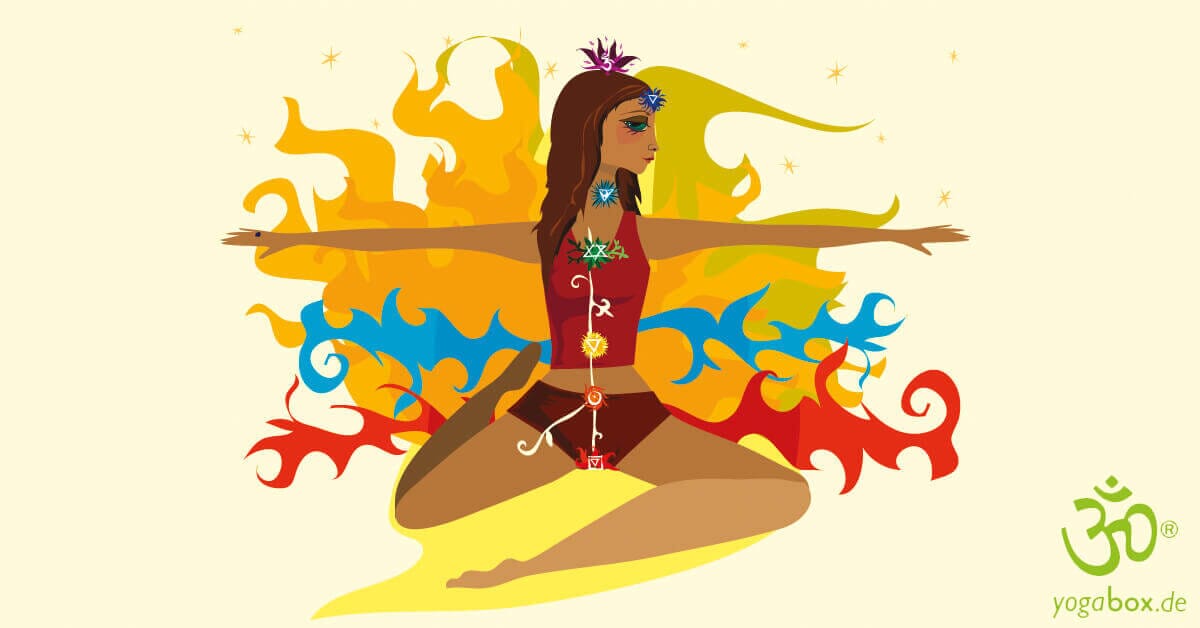Every yogi knows that large meals like pizza, pasta, and the like right before practice can be heavy on the stomach. But which foods are gentle on our digestion before exercise and provide us with optimal energy during yoga exercises? In our blog, we give you tips on how to optimally combine healthy nutrition with yoga practice and sustainably enhance the feeling of deep relaxation after yoga.
Image by Free-Photos on Pixabay
How are yoga and nutrition related?
As a true yogi, you already know that yoga isn't just about diligent practice, but also about maintaining a balanced diet and pursuing a holistically healthy lifestyle. For us yogis, body and mind should always be in harmony. Healthy foods and a balanced nutrient intake can support this.
The basis of yogic nutrition
The yogic diet is not a diet, nor does it restrict food and eating, nor is it a special diet (like vegetarian, vegan, or clean eating). Rather, it pursues the goal of enjoying food, doing good for your body, and achieving happiness through mindfulness. It's important to understand that certain foods are beneficial to your body, while others are more likely to harm your digestion, stomach, and intestines.
The combination of a balanced diet and yoga exercises brings less stress, more positive thinking and a deep inner satisfaction into your life.
The 3 Gunas Sattva, Tamas and Rajas
Every food has both positive and negative effects on us humans and our health. Our stomach and intestines have a lot to do every day to utilize the food we consume and convert it into energy. In yogic nutrition, the three gunas of sattva, tamas, and rajas are referred to as "forces of nature" that are present in all areas of life, including our diet. They help us understand what food affects our stomach, intestines, and mind, and how. You can use this knowledge to strengthen your body and mind and lead a happy, fulfilling life.
Eating right before yoga
“No matter what style of yoga you practice, asanas are best practiced when you can breathe fully and use all your body’s strength” (nutritionist and yoga teacher Ashley Koff)
The rule of thumb:
Give your stomach a break before yoga. Plan your last large meal about two to three hours before hitting the yoga mat . This gives your body enough time to digest the food and protects your gastrointestinal flora.
But: it is difficult to train on an empty stomach
Asanas with a growling stomach? Don't underestimate the fact that you won't perform well on an empty stomach. Your body needs important nutrients before training to provide energy for the demanding exercises.
Nutritious snacks as an ideal energy booster
About an hour before your yoga practice is the perfect time to snack. Plan on a fruit smoothie, avocado bread, or some almonds. It doesn't have to be an expensive superfood—local foods found in every kitchen are cheaper, often just as nutritious, and even more sustainable.
In summary, you should not come to yoga class hungry or with a full stomach in order to really enjoy the exercises and train efficiently.
And after training?
After yoga it's: water, water, water
Drinking water is essential now to recover from your strenuous yoga workout and to give your dehydrated body the necessary cooling. After boosting circulation during your yoga class, adequate hydration can help continue the cleansing process in your body. Still water is best. You can give this drink a healthy twist by adding coconut water, lemon, or ginger, for example.
Drink a lot - our favorite drinks
Is a simple glass of water too boring for you? If you find it difficult to drink enough throughout the day and hydrate properly after exercise, these delicious refreshing drinks are guaranteed to help:
Green tea
A cup of green tea is ideal for hydrating, especially after your morning yoga class. This miracle drink also helps rid the body of harmful toxins and gives your immune system an extra boost thanks to its antioxidant content.
Image by gadost0 on Pixabay
Light smoothie
This delicious vitamin boost can be completely customized to your own preferences. Whether with fresh berries and yogurt or a spinach and mango combo, a delicious, fresh smoothie lets you easily combine all the essential vitamins, nutrients, and plenty of fluids in one drink. Do you already know your favorite combination?
Image by Thanks for your Like • donations welcome on Pixabay
Lemon-ginger water
Your quick refresher – take advantage of the benefits of this ingenious combination. The pungent compounds in ginger stimulate both blood flow and circulation. Simply mix hot water with a squeeze of lemon, two slices of ginger, and a small spoonful of honey and enjoy. A lukewarm lemon-ginger tea is especially suitable as a coffee substitute for breakfast.
Image by Dominik Schraudolf on Pixabay
Extra tip: A nice drinking bottle can also make drinking more enjoyable.
Nutrition and yoga exercises:
Eat depending on your training time
To best support your body during your yoga practice and ensure your well-being, you should adjust your diet to your training schedule. You can find the best tips for health and happiness through your eating habits here:
For yogis who train in the morning
Working out on an empty stomach? Absolutely not! If you want to work out right after you wake up in the morning, you might not be hungry. However, you should definitely nourish your body with healthy calories before a yoga session and avoid working out on an empty stomach. Otherwise, you could quickly feel weak and energyless during your workout.
Are you more of a breakfast person? Then a banana is the perfect way to give yourself a little energy boost before yoga. The potassium and magnesium contained in this delicious fruit help build muscle and prevent muscle damage. The healthy carbohydrates will put you in a good mood all day. For a longer yoga session, however, you might want a bit more: a delicious yogurt with fresh fruit and oatmeal is a great option. A smoothie made from seasonal fruit, spinach, and low-fat curd cheese will also give you strength and energy for the asanas. In addition to eating the right foods, it's also essential to pay attention to your fluid intake. In the morning, our bodies are dehydrated and need sufficient fluids to get going again. Therefore, drink a large glass of warm water immediately after getting up.
After your morning yoga session, you can eat a hearty breakfast - ideally, breakfast should consist of protein, fat, and carbohydrates to keep you full for the rest of the day.
For yogis who train at lunchtime
Are you a fan of working out at lunch? Again, don't eat a large meal right before yoga. Instead, opt for smaller portions of healthy foods. Two slices of bread with avocado, oil, and a vegetable topping, a delicious yogurt with fruit and oatmeal, or a mixed salad with vegetables and homemade dressing can serve as an ideal pre-workout energy source.
After the exercises, a small snack (almonds, fruit, or vegetables) is a good idea. This way, you can start the afternoon feeling fit and positive, without a growling stomach after your yoga workout. Make sure you drink plenty of fluids.
Be careful with nuts: While these energy bombs are very nutritious, they also contain a relatively high amount of fat in small amounts. Therefore, make sure you eat no more than two handfuls.
For yogis who train in the evening
Exercising on an empty stomach doesn't feel good, nor is it healthy. If you want to work out after a long day at work, you can treat yourself to one of the snacks mentioned above. On hot days, a cold drink will give you the cooling you need to relax and start your yoga session feeling refreshed.
After a strenuous yoga practice in the evening, it's essential to replenish your energy stores for the night. A balanced meal of carbohydrates and protein helps prevent sore muscles. Vegetables, lentils, eggs, and the like can be combined in a variety of ways and strengthen both body and mind. Be careful not to eat too much, and avoid eating right before bedtime to protect your digestion and prevent an uncomfortable feeling of fullness.
Our last tip
Nutrition is a very individual topic. Everyone has their own preferences and needs different foods at different times. Listen to yourself and your body. Eat and drink what's good for you and makes you happy—this is probably the most important advice in yogic nutrition.
What's your favorite recipe for meals before or after yoga class? We're looking forward to new ideas and suggestions.







